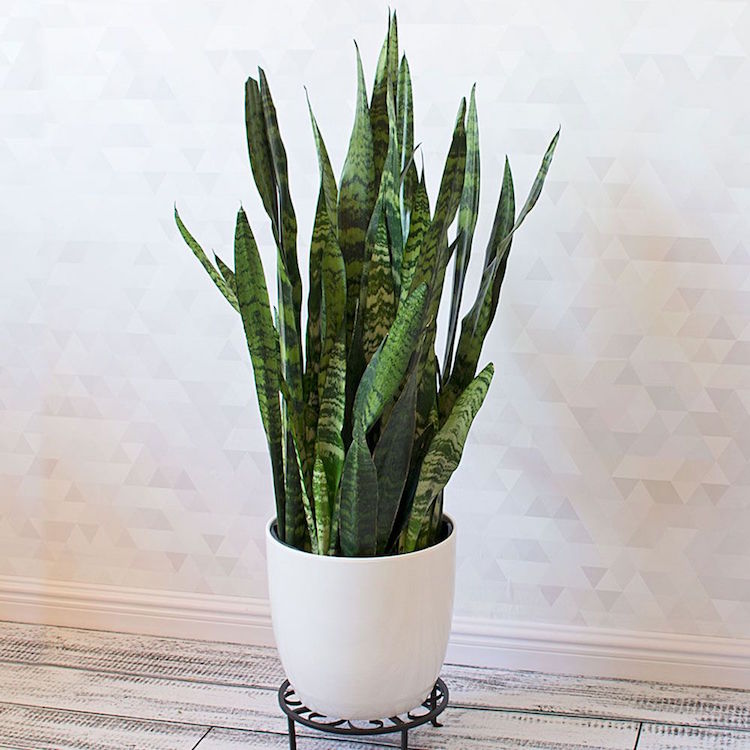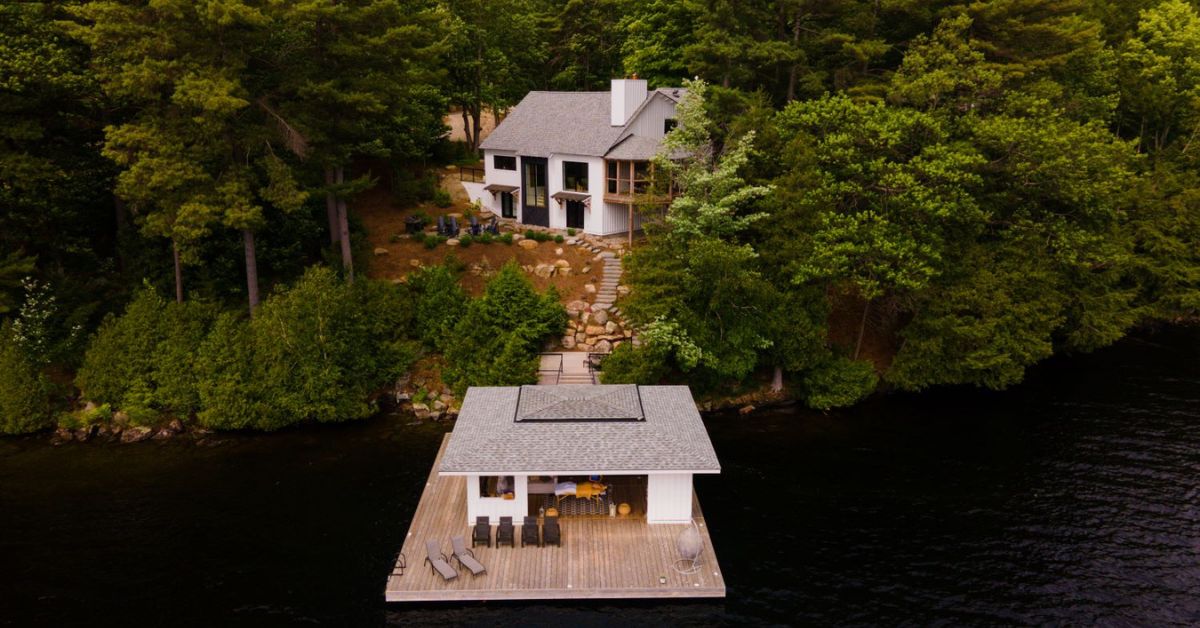As a proud plant-mom to eleven houseplants in my tiny, 500 square-foot apartment, I can attest that indoor plants are an easy way to liven up your space. There are lots of benefits to keeping houseplants. During this long, cold winter, houseplants provide a little reminder of the warmer months to come. Scroll through any home decor Instagram account, and you’ll find countless pictures that prove plants are a great way to enhance your home decor. Houseplants can also help clean the air in your home by absorbing toxins.
Our dry prairie climate can pose a challenge to keeping plants alive. It certainly isn’t the most ideal environment for thirsty tropicals and needier succulents to thrive. If you’re scared to have houseplants because you’re convinced you’ll kill them, I’m here to tell you becoming a good plant-parent is possible! Start with a low-maintenance specimen to gain some confidence, and slowly expand your collection from there. Here are my five favourite houseplants for beginners:

1. Snake Plant
Snake Plants (sometimes referred to as Mother-In-Law’s Tongue) are the ultimate houseplants for beginners. These plants are incredibly low maintenance and thrive under neglect. Unlike many other houseplants, Snake Plants require very minimal amounts of sunlight. It’s important to ensure the soil of your Snake Plant dries completely between waterings. If your home doesn’t get much sunlight, or if there is a darker area of your home you want to enhance with a plant, a Snake Plant is one of the best choices. Snake Plants are also great because they come in a huge variety of sizes; from a few inches to several feet tall. They are the perfect plant to fill any size space in your home.

2. Aloe Vera
Aloe Vera is an example of a not-so-needy succulent that thrives in Calgary’s dry climate. Aloe Vera comes hundreds of shapes, sizes, and varieties. It is also a very practical houseplant: If you have a burn or a rash, you can cut off a slice, and use the cool gel inside the plant on your wound to relieve any burning or itching pain.
Aloe Vera does well in dry climates and likes to be in direct or indirect sunlight. Overall, Aloe Vera is very resilient, but do need to be watered on a regular basis. Rot from overwatering is the easiest way to kill an Aloe Vera plant, so it is important that the soil dries completely between waterings.

3. Jade
Jade plant is another example of a lower-maintenance succulent. Under proper care, Jade will flourish for years. Jade prefer direct or partial sunlight. Jade aren’t as drought-tolerant as other succulent varieties, so the soil needs to remain moist, but not wet.
Jade plants make great gifts, as they are resilient and last a long time. As such, they have been nicknamed the Friendship Tree. They are also considered to be a good omen for financial prosperity and have been nicknamed the Money Tree.

4. ZZ Plant
Zamioculcas Zamiifolia, or more commonly known as ZZ plant, have beautiful shoots of shiny green leaves. They are drought resistant and overall very resilient houseplants. ZZ plants prefer low to bright indirect sunlight. The only realistic way to kill a ZZ plant is by overwatering it, so ensure the soil dries completely between waterings. One downside to ZZ plants is they are very poisonous and are not recommended for pet owners.

5. Pothos Plant
Pothos Plants are a gorgeous hanging plant with heart shaped leaves that cascade downward on long vines. If you’re short on free space, Pothos Plants are a good option because you can place them on a high shelf or hang them from the ceiling.
These thirsty plants require regular waterings but are also very hardy and very difficult to kill. Pothos Plants do well in lower light conditions but do prefer some sunlight. Pothos Plants are very communicative, as they make it very outwardly obvious when they need more water. You’ll very quickly see their leaves are looking a little droopy when they need some extra moisture. Give your Pothos a little spritz, and it will be looking hydrated within hours.















